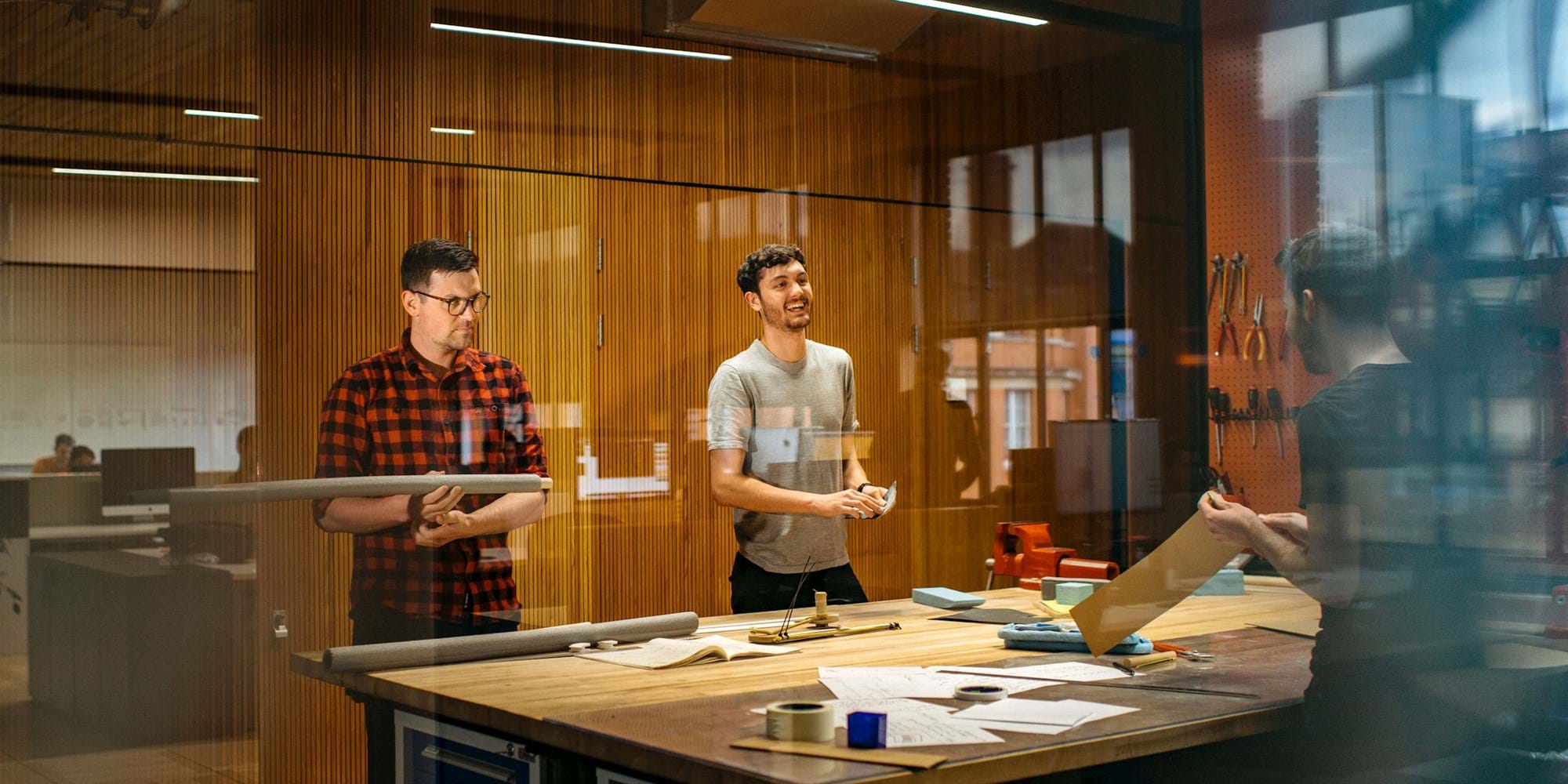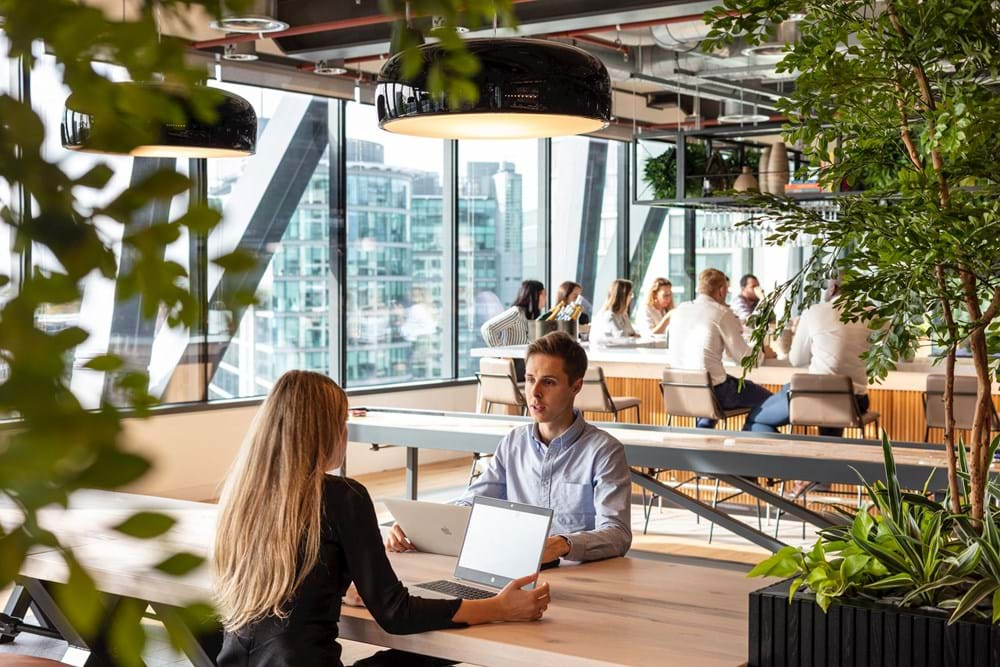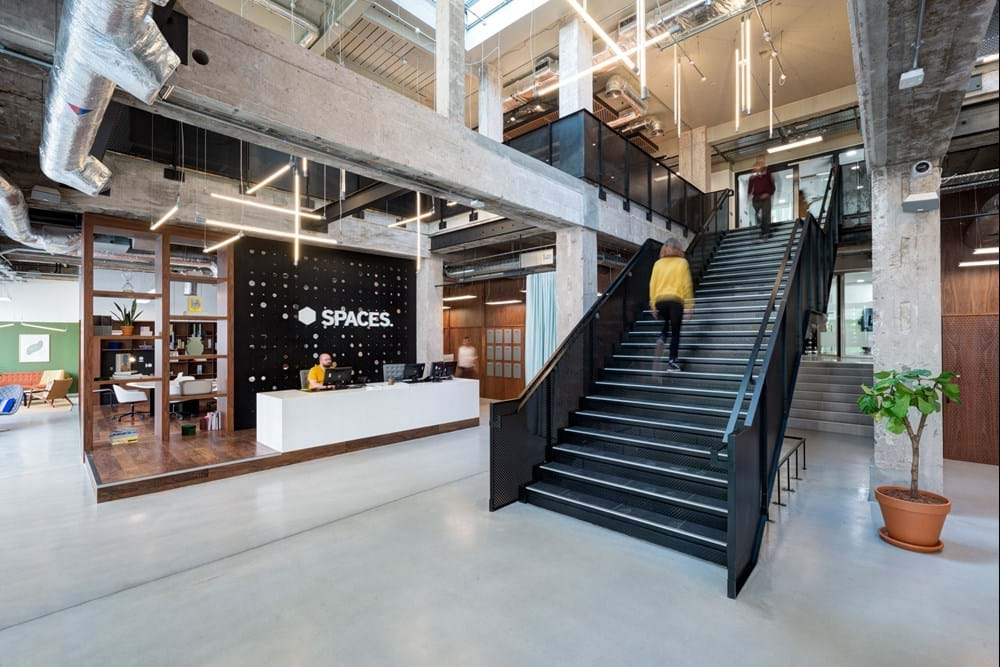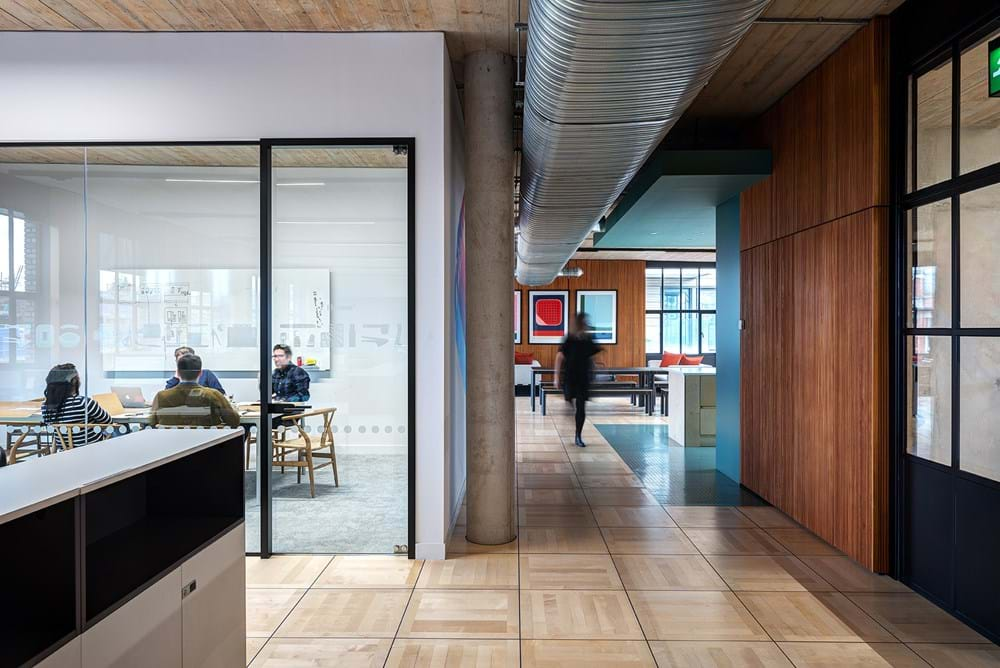4 Things For Employers To Think About When Returning To The Office
As we move into a world of fewer restrictions, without the looming threat of an imminent or ongoing lockdown, workplaces are gradually coming back to life as employers and employees navigate full or partial returns to office life.
This is undoubtedly a worthwhile shift. While the pandemic revealed the feasibility of extended periods of working-from-home for most of the population, there are a plethora of benefits for returning to the office, beyond the obvious increase in day-to-day social interaction. Several high-profile CEOs have spoken out on the importance of the office to business culture. Citigroup CEO Jane Fraser suggests that “everyone will return to the office eventually… from a cultural point of view – apprenticeship, a sense of belonging – you are better together”, while JP Morgan Chase CEO Jamie Dimon has stated that “most professionals learn their job through an apprenticeship model, which is almost impossible to replicate in the Zoom world”.
The main collaboration area at Alpha FX
A slower approach
While there are decided positives to a full return to office working, the reality is that the pandemic is ongoing, meaning that a full-scale return is still a way off yet, and the pandemic has also introduced a new level of flexibility into the workplace – flexibility that employees will be keen to maintain.
Furthermore, pandemic-fuelled anxiety remains high. The American Psychological Association reported in early August that 48% of vaccinated adults in America are still hesitant to return to in-person contact. It is clear that if a return to the workplace is to happen, it can’t be an immediate return to a pre-pandemic style; indeed, perhaps the pre-pandemic workplace is one that will never be returned to. Instead, a hybrid, flexible, transitionary style must be adopted, with an emphasis on safety while still building a strong workplace culture.
Spaces main entrance hall in Manchester
Here are 4 things that employers can think about when returning to the office.
- Managing access and limiting exposure
With COVID-19 still a prevalent threat and continuing to spread across the world, significant care and thought must be put into ways to limit exposure in an office setting.
There are many published guidelines from health sources that offer strategies for minimising transmission and exposure in the workplace, such as the CDC’s COVID-19 Employer Information for Office Buildings. Beyond encouraging employees to regularly and thoroughly wash their hands or disinfect surfaces, or to continue to implement a mask mandate, there are several ways that a company can more powerfully manage access and limit exposure.
A more detailed check-in process, for example, where employees can self-report symptoms or input test results, can help companies keep track and keep exposure to a minimum. There are many pieces of software available that make this process streamlined and efficient.
Installing systems that allow employees to book spaces such as meeting rooms in advance, or even undertaking general redesigns that places more emphasis on enclosures and private spaces, are all important factors to consider when planning for a return to the workplace. The incorporation of workplace sensors that offer real-time information on the density, noise levels, temperature or air quality in spaces throughout the workspace would not only be savvy in terms of managing access, but also in generally future-proofing your office.
- Staying flexible
Flexibility is decidedly the word of the moment, both in terms of office design and of general working culture. Emerging from extended lockdowns and periods of work-from-home, employees must be granted a significant degree of flexibility as they navigate a return to the office – be that in terms of working hours, potential paid leave to allow employees to care for themselves or loved ones in periods of ill health, or alternatives to public transport commute.
A flexible office will also be one that allows for continued hybrid working. The inclusion of technologies such as Cloud-based ERP systems, Cloud-based software and collaboration tools, up-to-date A/V integration, Microsoft Surface Hubs or Google Jam Boards will allow for productive hybrid work while maintaining a feeling of virtual connectivity.
- Communication is key
The pandemic has engendered significant anxiety and uncertainty for just about everyone on the planet, and the situation is, as we know all too well, subject to drastic change at a moment’s notice.
To maintain a positive working environment and a sustainable return to office working, employers must be highly proactive in communicating to their employees. Teams must be kept up-to-date with all the safety measures and precautions within the workplace, and the creation of a dedicated subsection of the company intranet for COVID-related communications is an absolute must.
- Keep the culture alive
One of the biggest draws for a return to the workplace is the culture that comes with it. After months of isolated work, employees will be keen to come in and be amongst co-workers again, ready for chats at the teapoint or an exciting brainstorming session in a meeting booth.
It is important, then, for companies to bear this in mind as they prepare for a return to the office. While basic health and safety is paramount, putting in the time and effort to make sure that activities and spaces are offered to help maintain team culture will pay dividends in the long run, in terms of productivity and employee retention. Bulitin.com notes that companies with strong organizational cultures have 72% higher employee engagement ratings than organizations with weak cultures, as well as 22% more profitability. The data is clear to see – culture matters.
Collaborative working areas at Joseph Joseph
A New Normal?
The phrase ‘new normal’ has been thrown out liberally over the past year-and-a-half, as the world struggles to adapt to the COVID-19 crisis. This is no less true for the world of work, which has been thrown into significant upheaval, requiring a radical shift in emphasis towards hybrid styles of working that allow for the flexibility that the pandemic has demanded.
As we look towards a return to the office, it would be foolhardy to attempt to get right back to the old ways. The new normal is here to stay, and, through deft usage of health and safety and technological integration, increased flexibility, heightened communication and a commitment to the maintenance of office culture, employers can make the new normal productive and profitable for their businesses.




